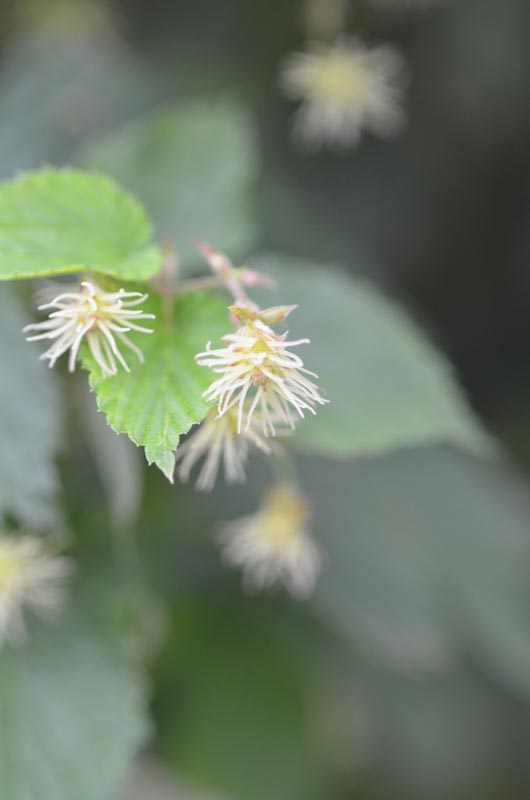| General Description | A large lush healthy green vine with fast, clockwise-growing vines that can grow up to 20 - 35 cm in length in a week. |
| Shape | Sprawling vigorous vine. |
| Landscape | Growing up chain-link fences, arbors, buildings, or any solid non-moving structure that it may cling to. Note that it may bind with other nearby plants and disrupt their growth. |
| Propagation | Propagation by cuttings and seed.. Spreads significantly and may layer. |
| Cultivation | Prefers full sun to partial shade as it's good at retaining its water supply. Prefers a drier soil. |
| Pests | Can suffer from hop leaf aphid, red spider mites and the Japanese beetle. Can be susceptible to downy mildew. |
| Notable Specimens | The Devonian Botanic Garden, Devon, Alberta, Canada. |
| Habitat | Hedgerows or woodlands. |
| Bark/Stem Description | Minimal bark which is located at the base of the plant. As it ages it becomes rough and compacted. |
| Flower/Leaf Bud Description | Lightly, loosely-compacted hops. Cones are very small in size but are plentiful throughout the plant. New growth is spiky/hairy but grows into a cone shape with age. |
| Leaf Description | Palmately compound with a single petiole leading up to the leaf, which typically contains 3 - 5 blades with a serrate margin. |
| Colour Description | Uniformly green. The stems and branches are a light green while the leaves are much darker green. The hops start off a light green which match the stems and branches, but as they mature they turn to a yellowish-green colour. |
| Texture Description | Smooth with bumpy lenticels along the vine. Leaves have a waxy cuticle. |
